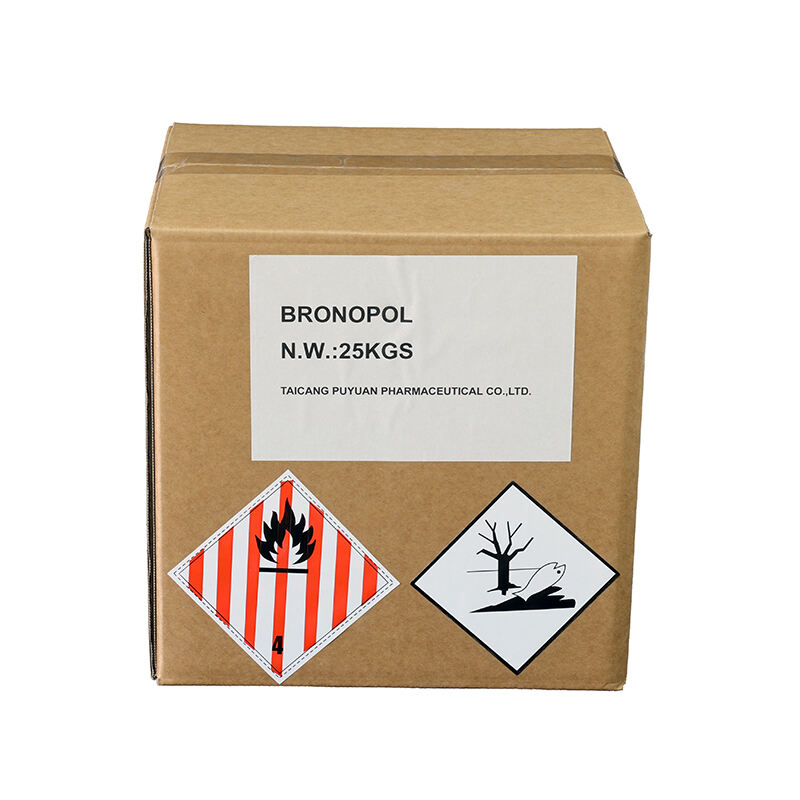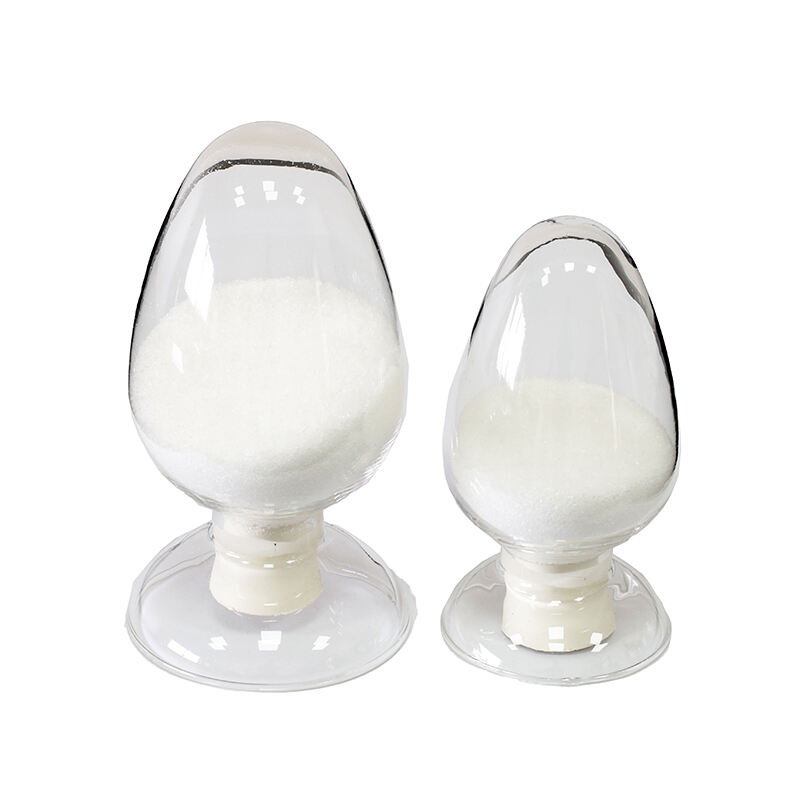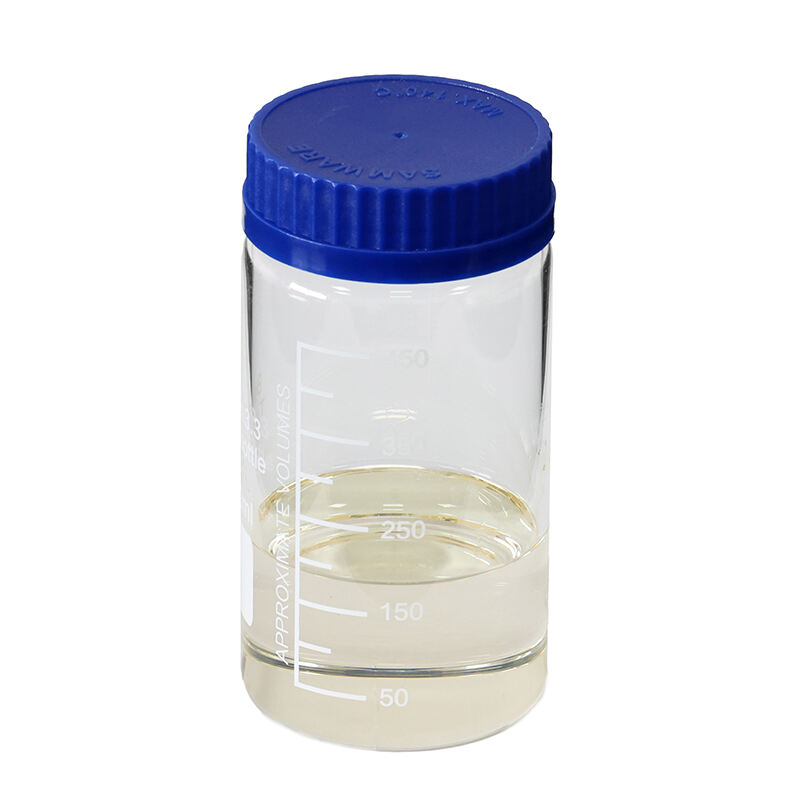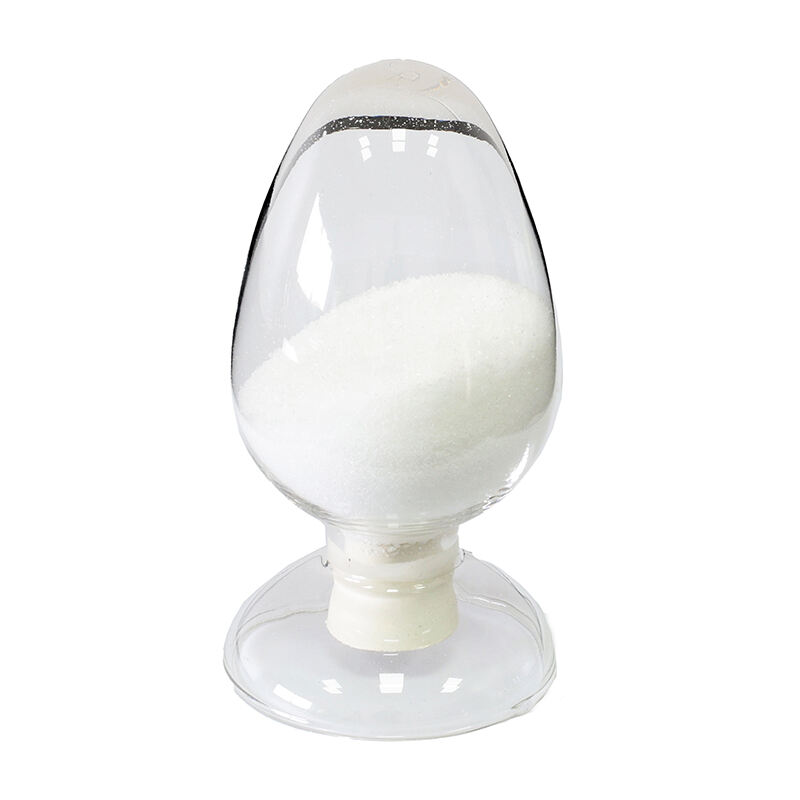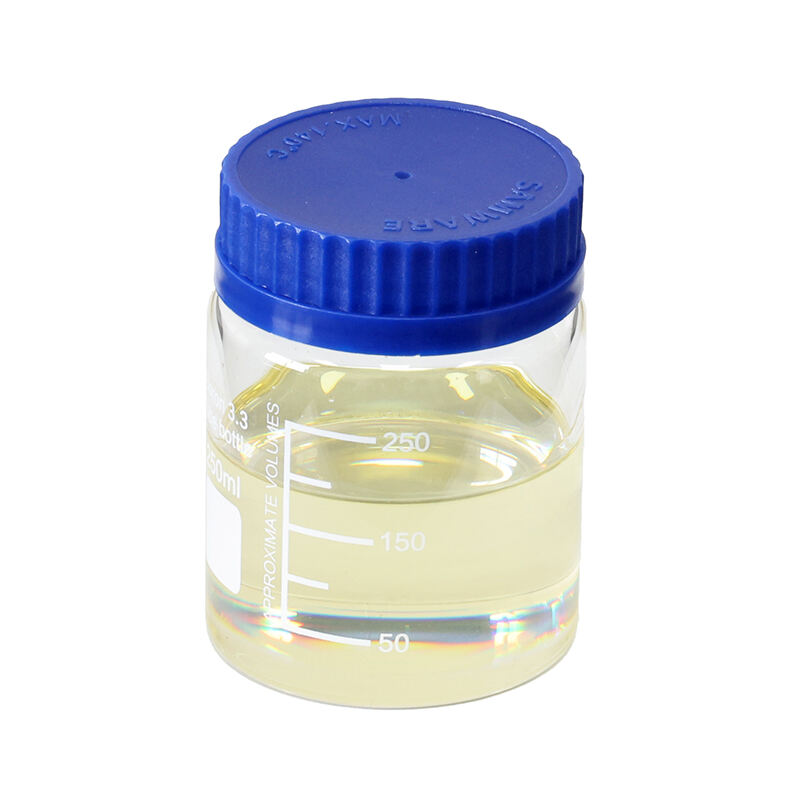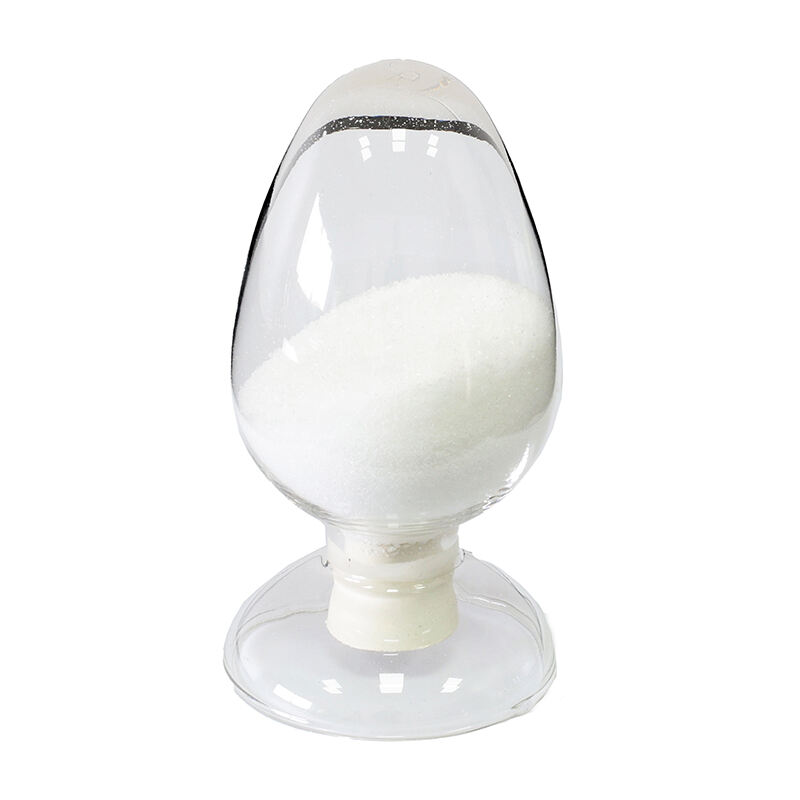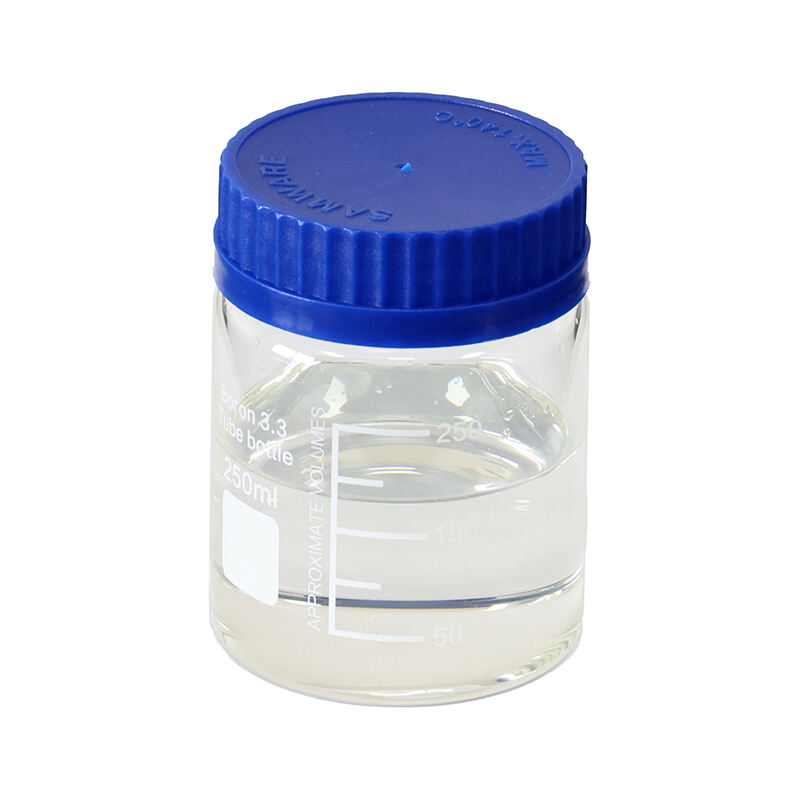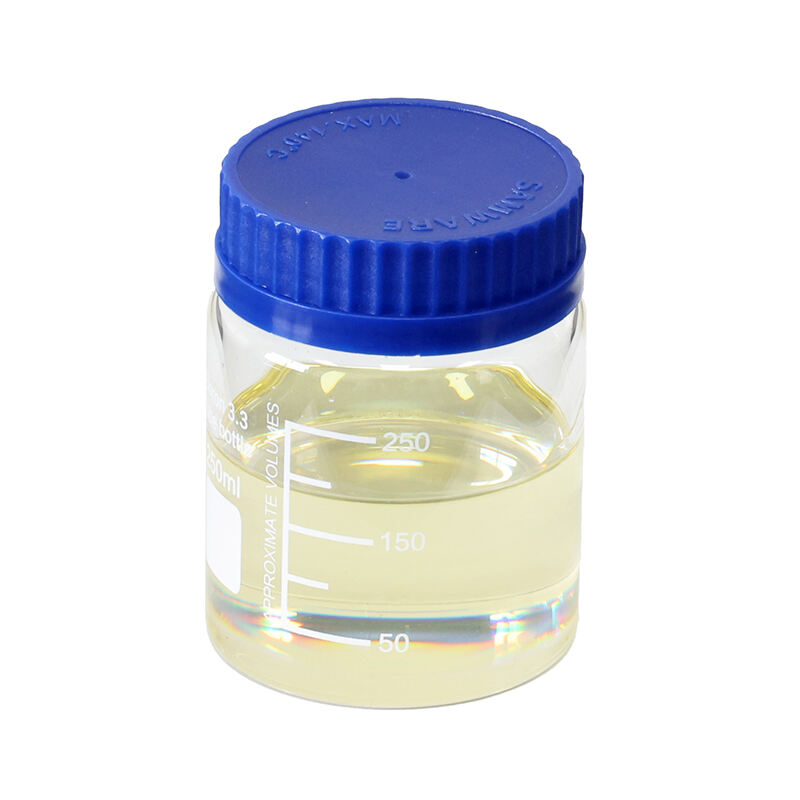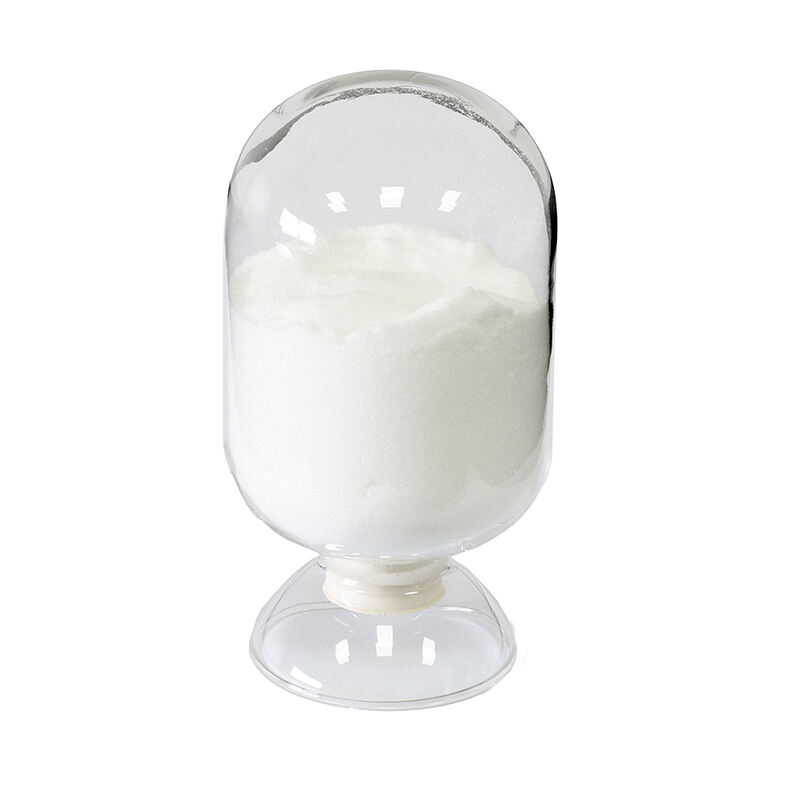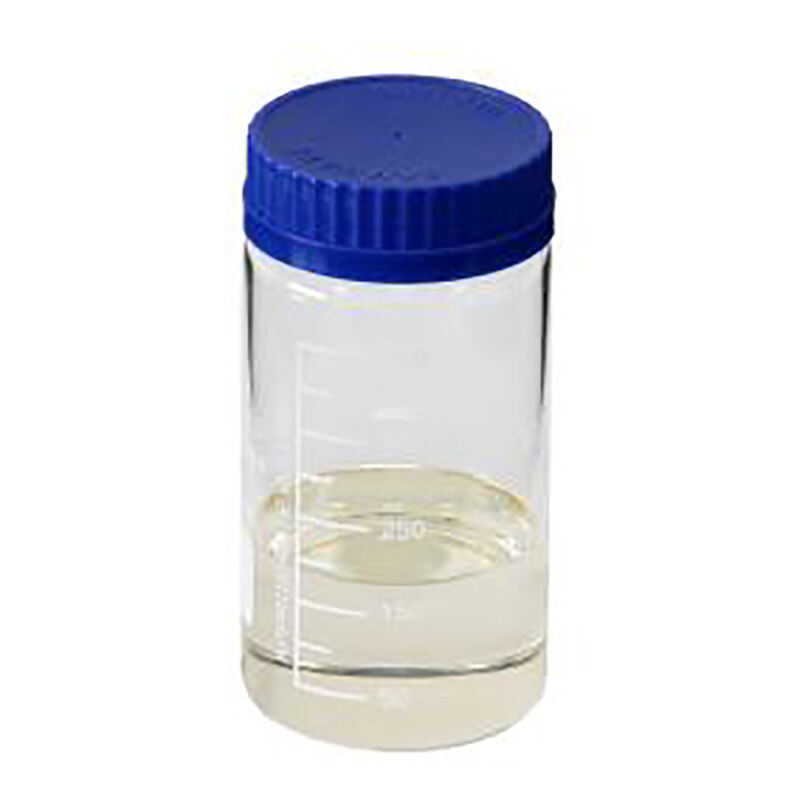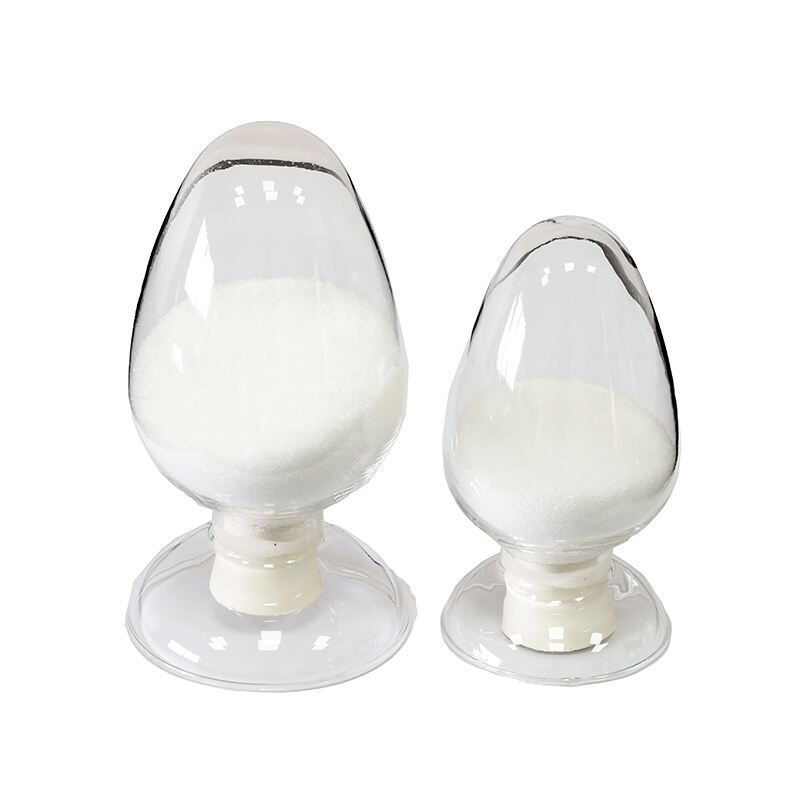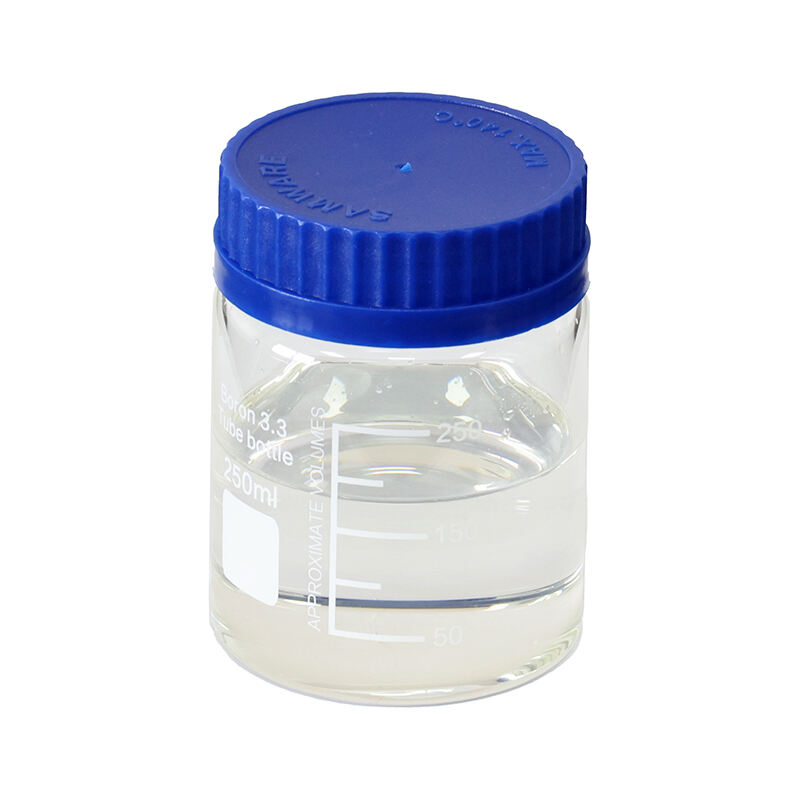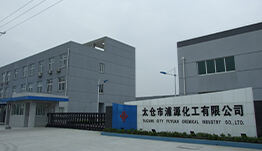Paper pulp biocide Bronopol CAS 52-51-7
Abstract: Bronopol(CAS: 52-51-7) is a kind of broad-spectrum and efficient paper pulp biocide, which is used to prevent the growth and reproduction of viscous bacteria, fungi and algae in the paper flow box, white tank, high tank, pulp pool, paper damage pool, etc. It is currently a popular organic bromine fungicide for paper pulp at home and abroad.
Keywords: bronopol; CAS 52-51-7; BNP; C3H6BrNO4; paper pulp;biocide; preservative; bactericide; fungicide
1.Physicochemical property
Appearance: White crystalline powder
Chemical name: 2-Bromo-2-nitro-1,3-propanediol(Bronopol)
Active ingredient: ≥99%
CAS No. : 52-51-7
Molecular formula: C3H6BrNO4
2.Bactericidal mechanism
The active molecules of Bronopol(CAS: 52-51-7) can rapidly penetrate the cell membrane, act on the protein group, and cause the normal REDOX termination of the cell. Its branches can also selectively bromine or oxidize the specific enzyme metabolites of microorganisms, resulting in cell death.
3.Product performance
3.1 Bronopol(CAS: 52-51-7) has broad spectrum, rapid and efficient bactericidal performance, and has good killing and stripping effect on bacteria, fungi, algae and biological mud. Bronopol is characterized by fast bactericidal speed and high efficiency, which can quickly reduce the total number of colonies in papermaking white water and improve the bactericidal rate.
3.2 Bronopol(CAS: 52-51-7) has a good inhibition effect on biofilm stripping. After Bronopol is added to the system, the active components can act on floating microorganisms quickly and kill bacteria quickly. At the same time, due to the good permeability of organobromine, the active components in the drug can penetrate into the metal surface quickly, act on small microbial communities, and depolymerize them quickly to prevent the formation of biofilm. For systems that have formed biofilms, the active components do not react with the clay layer in the biofilm, but quickly penetrate deeper into the biofilm, acting on the microbial community at the junction of the biofilm and the metal surface, destroying its viscosity and causing the biofilm to fall off. Experimental studies show that the same peeling effect can be achieved for the peeling effect of 7-day membrane age biofilm with a smaller dosage, which has a very obvious advantage on the peeling effect of biofilm.
3.3 Bronopol(CAS: 52-51-7) can effectively kill Legionella, and its control effect on Legionella is very significant. According to relevant studies, the use of bronopol can reduce Legionella rapidly. For Legionella in the biofilm, bronopol can completely kill Legionella in a relatively short time. Other data have shown that the combination of low doses of organobromine and glutaraldehyde can reduce legionella in biofilms to undetectable levels.
3.4 Bronopol(CAS: 52-51-7) degrades rapidly after use. Bronopol can be rapidly degraded into carbon dioxide, ammonia and bromine salts after the bactericide, which will not cause the enrichment of harmful ions in the water body, and has no impact on the environment, making the discharge unrestricted. This is a significant feature of organobromine biocides that is different from other non-oxidizing biocides.
4.Application field
Bronopol(CAS: 52-51-7) acts as an inhibitor of viscous bacteria, a fungicide, an algaecide, and a slime stripper. Widely used in: copy paper, offset paper, book paper, coated paper, newsprint, offset paper, printing paper, kraft paper, composite base paper, paper bags, kraft cardstock and other products.

 EN
EN
 NL
NL
 FR
FR
 DE
DE
 JA
JA
 KO
KO
 PT
PT
 RU
RU
 ES
ES
 ID
ID
 VI
VI
 TH
TH
 MS
MS
 TR
TR
 AR
AR

